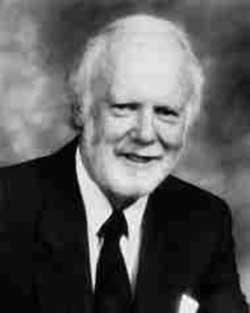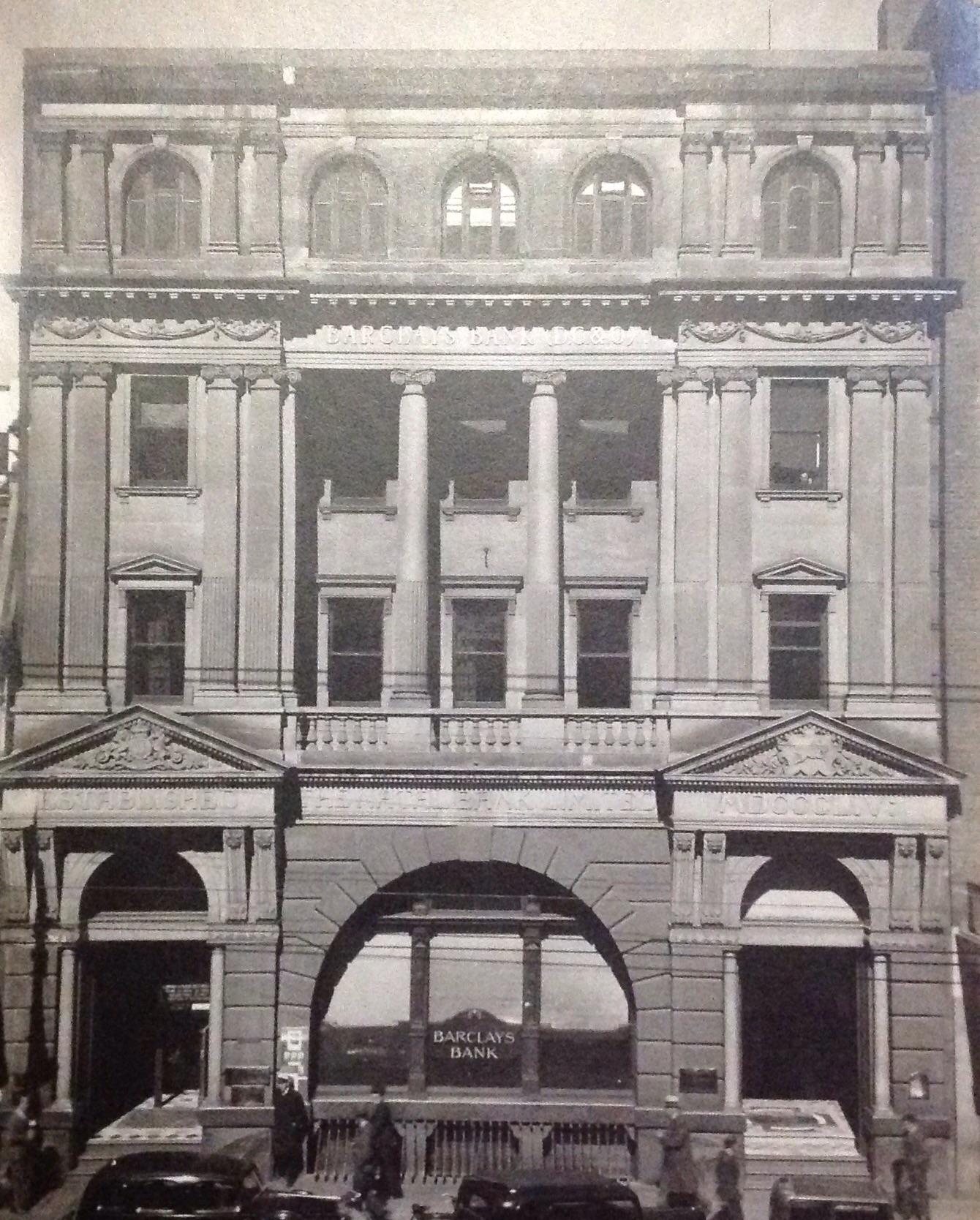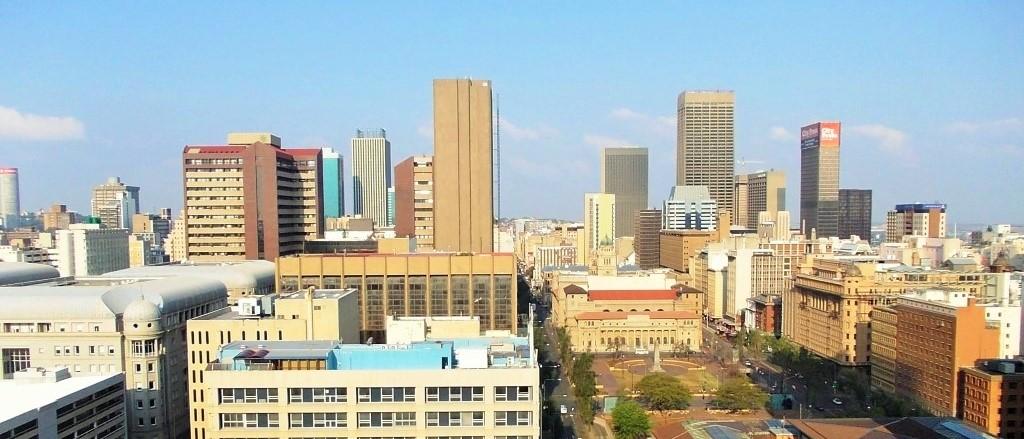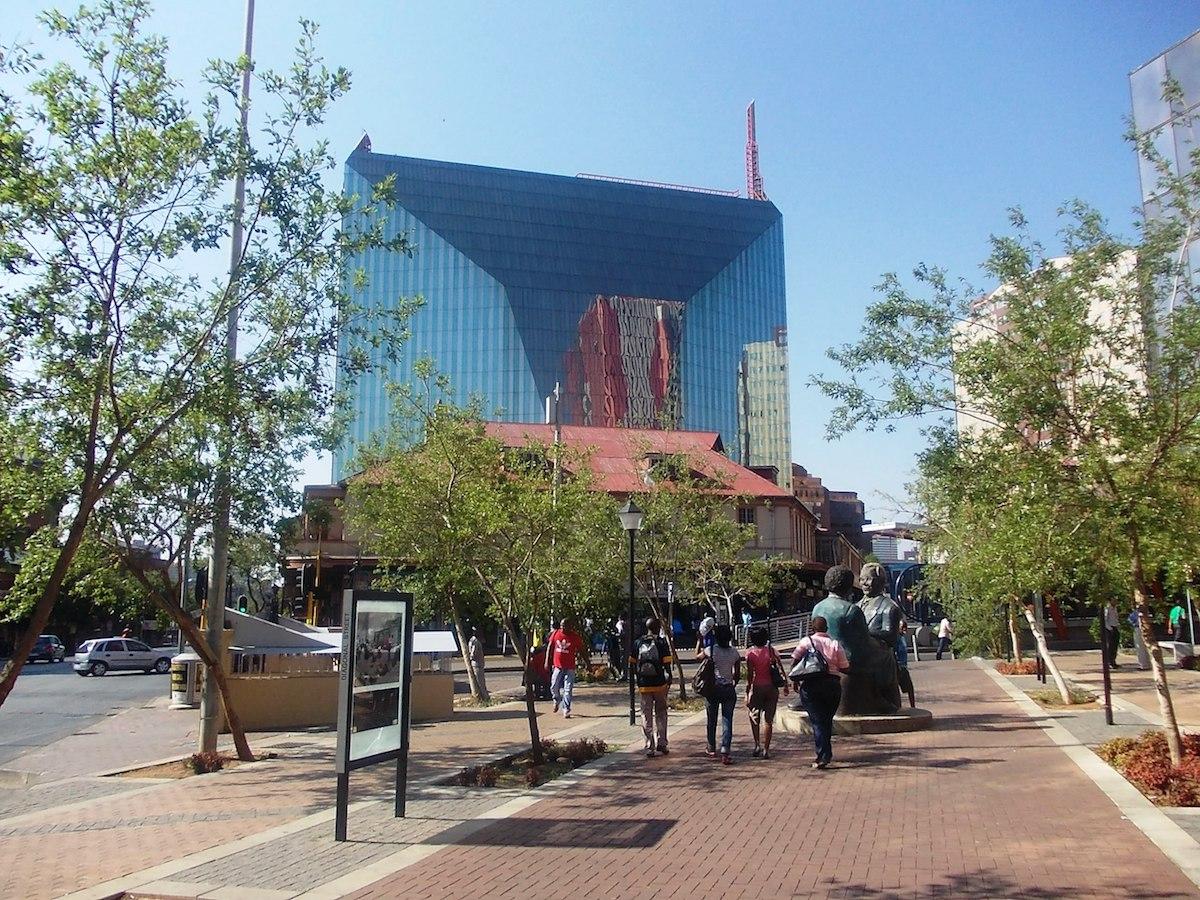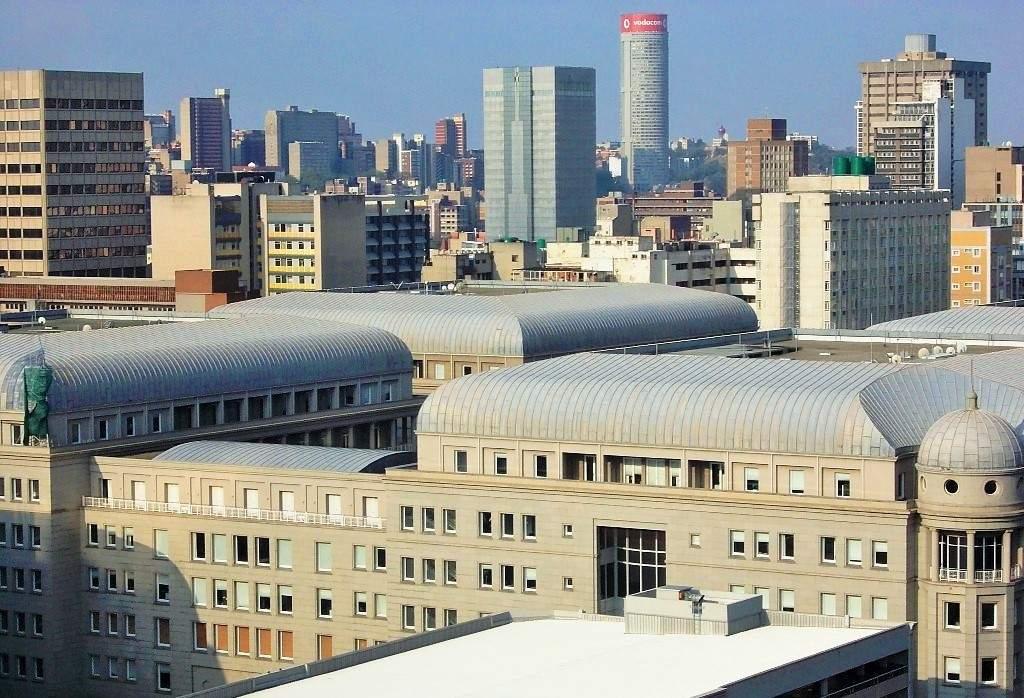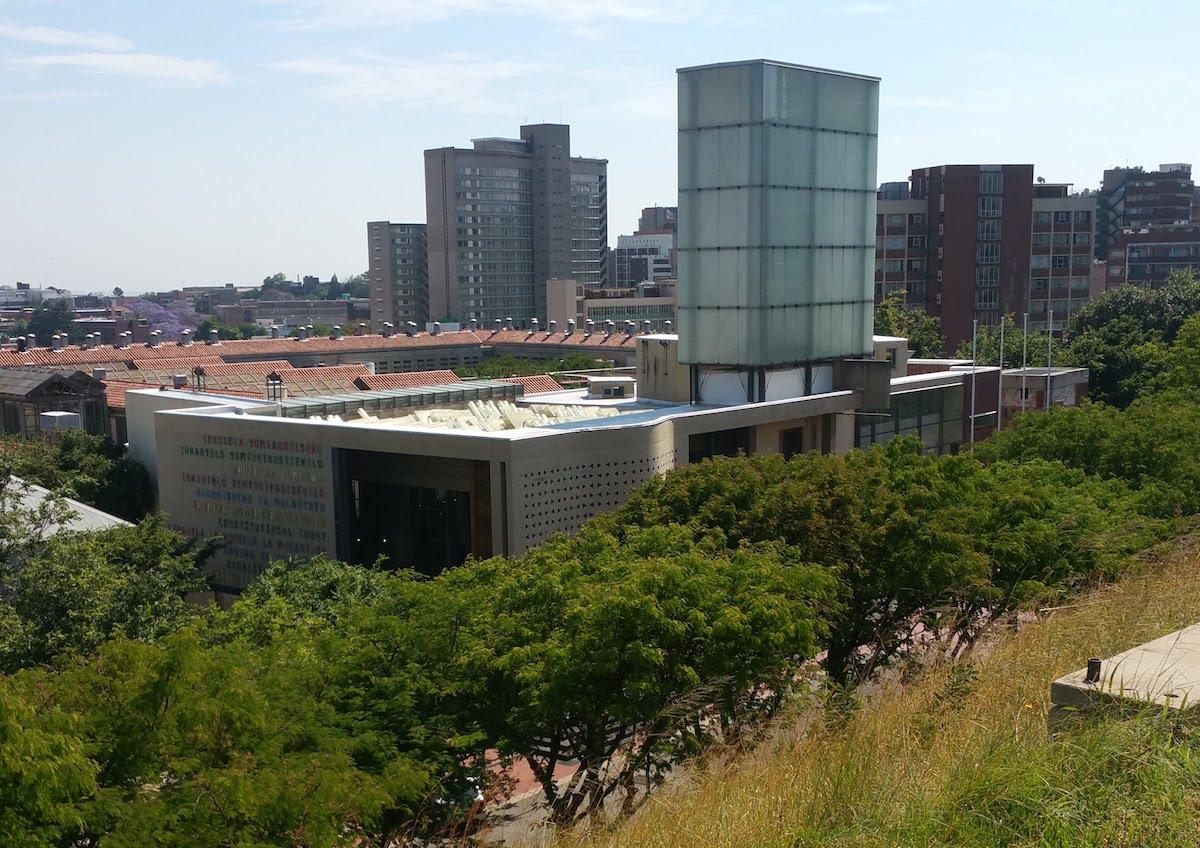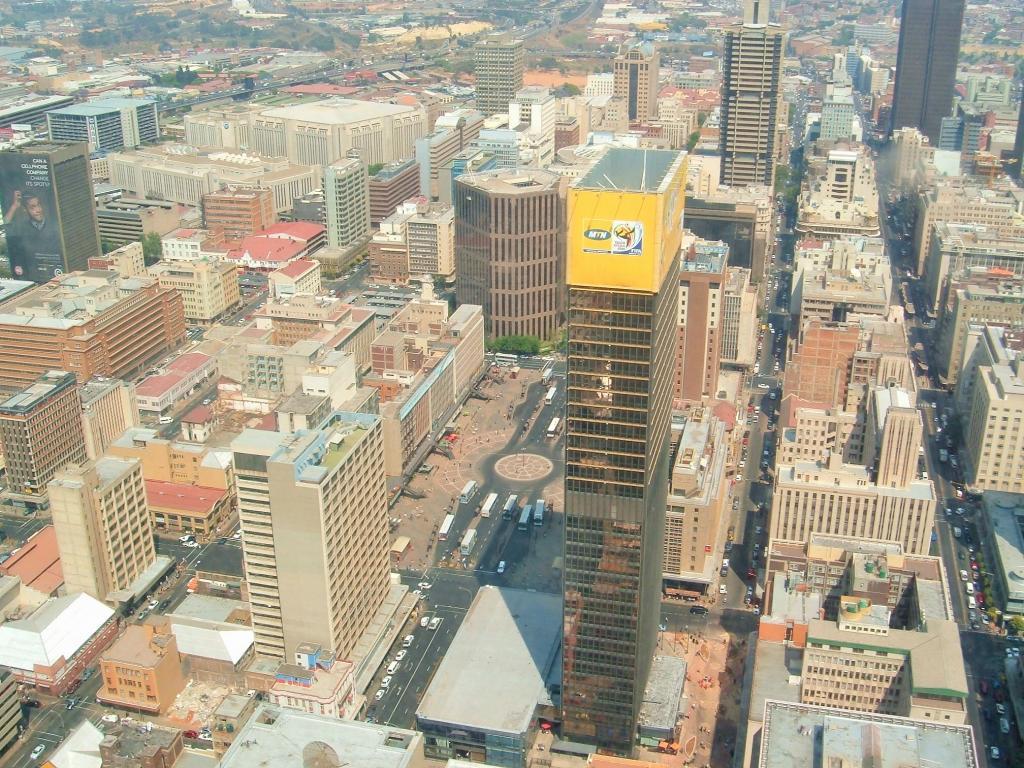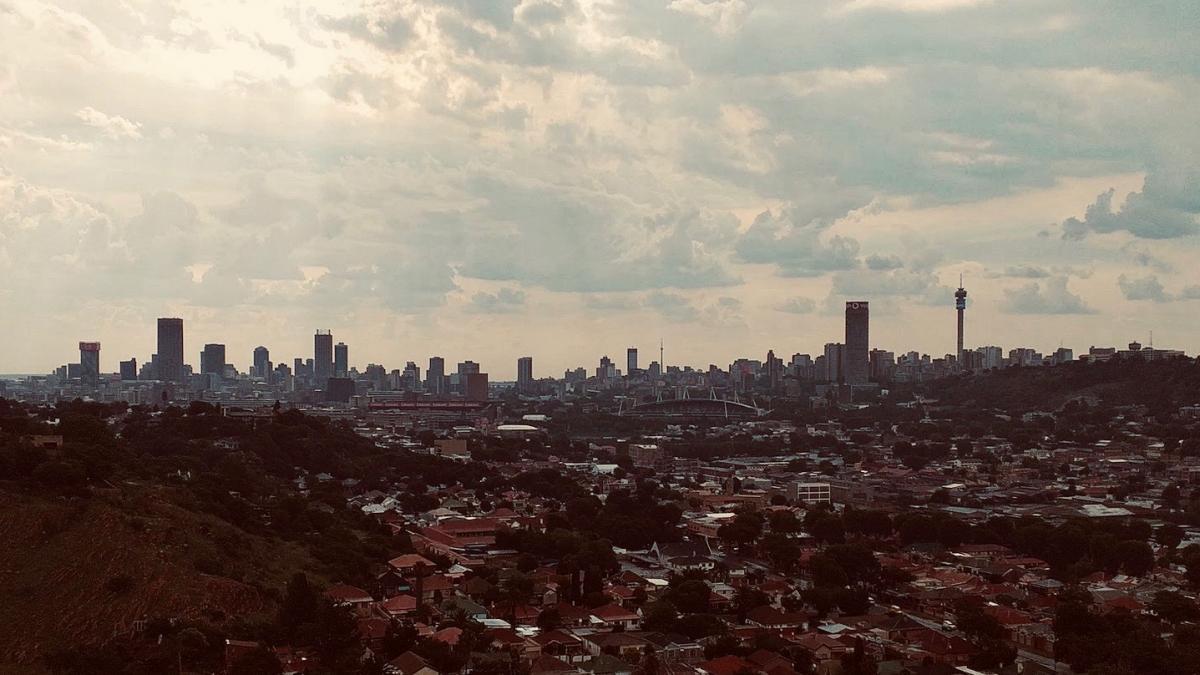
Disclaimer: Any views expressed by individuals and organisations are their own and do not in any way represent the views of The Heritage Portal. If you find any mistakes or historical inaccuracies, please contact the editor.
Neil Fraser passed away on 1 November 2023. His contribution to Johannesburg and South Africa will not be forgotten. In the article below, published originally on the City of Joburg's website on 24 October 2002, Lucille Davie reveals part of Neil's powerful story.
He’s got a full white beard and moustache to match his white hair, he smiles often, and he’s passionate about cities, particularly Johannesburg. He’s Neil Fraser, executive director of the Central Johannesburg Partnership (CJP), an inner city renewal initiative.
Neil Fraser
Fraser’s been in Johannesburg since 1985 and is fiercely involved in many aspects of the city – from its growth into an African city, to creating jobs for people on the street.
Born in Hopetown in the Northern Cape in 1939, Fraser qualified as a quantity surveyor at UCT in 1961. He spent a year in the profession but found the work “dull”. He joined construction company Murray & Stewart (later Murray & Roberts) and moved into management. In 1985 he was transferred to Johannesburg as divisional director, responsible for building construction in the then Transvaal, Natal and Swaziland. In 1988 he was seconded to the Building Industries Federation of South Africa as executive director for a year, but ended up staying four years.
In 1991 he set up his own consulting practice, Neil Fraser & Associates. But it didn’t take Johannesburg businessmen long to appreciate the asset in their midst. He was approached by them, and the CJP was born.
The early years of the CJP involved “lots of research into why things had deteriorated, and looking at what other cities had done”.
The CJP became a member of the International Downtown Association (IDA), based in Washington, DC. “I think we were their first international member,” Fraser says. He was appointed to the Board of the IDA in 1995. Membership of several other international and African organisations followed, and through these contacts, he caught the city bug.
The city was in dire straights in 1992, characterised by “political paralysis of white councillors”, and still two years away from a change of government.
“There were huge fights between landlords and tenants in Hillbrow and other areas, and at some point the officials stopped prosecuting,” says Fraser. He cites an example of 75 people living in a three-bedroomed house in Bertrams, the owner collecting R200 rent from each person. The CJP was involved in mediating these messes.
Johannesburg is no exception when it comes to degeneration. “Johannesburg is a classic example of city degeneration. Cities like Washington, New York, and Los Angeles have all gone through the same process. New York took 20 years to come out of it. Our problems were however exacerbated by many years of apartheid planning.”
There were other factors, says Fraser. The first post-1994 council was concerned about taking down apartheid structures. “The city was still a stepchild. It’s gone through its adolescent period, and is now in its late teens. We have the political will and discipline now.”
City person
Fraser says he was never a city person; he always lived on the outskirts of a city – in Johannesburg he used to have an office in Midrand, and another in Bedfordview.
“It took me two years to understand the forces needed for developing city management skills,” he says.
In his leisure time Fraser is involved in church work. He is “crazy about cooking, gardening and reading” and enjoys spending time with his four grandchildren. His children live around the world, and he lives in Atholl.
His favourite city place? You’ll never guess – his offices, in the 100-year-old ex-FNB museum building at 90 Market Street, built originally for the Natal Bank in 1903. His favourite suburban hangouts? Melville and Greenside, which he says have become “funky areas”.
90 Market Street (Hardijzer Photographic Research Collection)
The Central Johannesburg Partnership
Fraser established the CJP in 1992 with a trilateral structure – business, the City of Johannesburg and the community, at a time when the apartheid city council was particularly unpopular with the community. But this trilateralism disappeared in 1995 once needs had changed – it became representative of inner city business, concentrating on the interests of business in the city. In 1998 it became a private, non-profit company focusing on the revitalisation of the city, with a very flexible structure. “We adapt to whatever people want,” says Fraser.
The CJP has since spawned many other specialist organisations. One of them, the Partnerships for Urban Renewal, established in 1997, took the Johannesburg model of the CJP and applied it outside the CBD – first to Rosebank, Sandton and Midrand, then nationwide, then into Africa.
Other organisations that were spawned include: the Inner City Housing Upgrading Trust (1993), Homeless Talk with two church groups (1994), the Johannesburg Trust for the Homeless (1995), the Inner City Business Coalition (1997), and the Johannesburg Heritage Trust (2001).
Fraser says the secret to the CJP’s success is to “keep the operation reasonably small and very focused, then move on”. Two examples of this are the Johannesburg Trust for the Homeless and Homeless Talk. The CJP set up both of these to satisfy a social need, made them sustainable in terms of good management, then got out of them, keeping informal links.
Fraser says he judges the success of these ventures on two simple criteria: whether they are sustainable projects, and whether they create employment.
The historic heart of Johannesburg (The Heritage Portal)
An African city
Fraser defines an African city as one which reflects the demographics of the country, and in Joburg’s case, it certainly does. “If you go to Sandton City or Cape Town, you’ll mostly see white people, but downtown Joburg will be 80% black.”
He enjoys areas like Faraday Market just south of the city centre, where you’ll find an enormous and colourful range of traditional medicine stalls, and in some cases a stomach-turning array of indigenous cures.
Although there have been big moves to relocate the taxis and hawkers out of the city centre to specific areas, this will never happen completely, says Fraser. But seeing hawkers and taxis on street corners is an important part of being an African city, things that you’ll seldom see in North America or much of Europe.
Johannesburg is still a long way off expressing its Africanness, says Fraser, because it is dotted with colonial buildings – from Victorian and Edwardian buildings at the turn of the century, and 1930s and ‘40s art deco buildings, to American-style glass skyscrapers. He cites Bank City as mirroring the city’s colonial roots, and the diamond building in Diagonal Street as an inappropriate American influence.
Diamond Building (The Heritage Portal)
Bank City (The Heritage Portal)
“These buildings must stay, they are a part of our history,” adds Fraser. But our Africanness will be established with the construction of new buildings, like the buildings on Constitution Hill, in particular the Constitutional Court, and the new Metro Mall in Newtown.
Constitutional Court (The Heritage Portal)
Bullish about Joburg
Fraser is bullish about where Johannesburg is going. “Cities recreate themselves all the time. Johannesburg is one of the youngest cities in the world, it can’t be compared to London.”
He foresees that some buildings will be demolished, to make way for more green spaces. Lower-rise buildings are likely to be built in the future, and whereas Johannesburg has seen two waves of businesses leaving the city – in the 1970s, and again in the late 1980s and early 1990s – he speculates that emerging, entrepreneurial businesses will be the new city tenants. These are likely to be IT, advertising and the arts, who will “lead the way”.
”These businesses are risk takers and sensitive to costs, and city rents are now low.”
Together with this, the city is busy creating a “great city experience”. This involves a number of things. Some areas, like Hollard Street, have been upgraded with several restaurants, attractive gardens and paved areas, providing a “wonderful atmosphere” for Joburgers.
This “wonderful city experience” is being developed in other ways. “There are now guided walk tours around the city. The art city project will have a long-term effect, particularly as the artworks are placed on buildings in areas undergoing development. The city is now clean and safe. We need to encourage people to walk in the city, to experience it.”
Fraser says that besides bringing people into the city on art tours, the CJP is targeting schoolchildren – bringing them into the city, changing their perceptions and ultimately, through them, changing their parents’ perceptions.
“The experience in the city must be good,” he adds.
Fraser reckons we’re about halfway now in the city’s regeneration. “In five years we’ll see the city humming,” he enthuses.
The Central Johannesburg Partnership
The CJP has been involved in a range of specialist organisations – the Inner City Housing Upgrading Trust, the Inner City Business Coalition, Partnerships for Urban Renewal, Johannesburg Heritage Trust - that have created jobs for the homeless; acted as a catalyst for strategic development in the inner city – citing the Constitutional Court, the Gandhi Square upgrade, and many others in the inner city; acted as advocate for inner city policy and informal trading by-laws, amongst others; been urban manager particularly in establishing a number of improvement districts; been consultant and communicator, in particular for the CCTV project, and Community Police Forum; and finally, been an employment empowerment generator.
Gandhi Square (The Heritage Portal)
The CJP has been the recipient of a number of awards:
- 1994 – the establishment of Johannesburg as the Gauteng Provincial Capital, which was recognised by the International Downtown Association with an Achievement Award of special recognition for superior contributions in downtown revitalisation.
- 1997 – The CJP’s City Improvement District Programme was awarded a Downtown Achievement Award by the International Downtown Association in New York.
- 2000 – Gandhi Square was awarded the Concrete Manufacturing Association Award for Excellence 2000 Premier Award in the category of “paving – commercial and community”.
Update: Neil retired from the CJP several years ago and left Johannesburg for Montagu where he was a pastor at the Montagu Community Church. He served the church community until 2019 and passed away on 1 November 2023.
Lucille Davie has for many years written about Jozi people and places, as well as the city's history and heritage. Take a look at lucilledavie.co.za.
Comments will load below. If for any reason none appear click here for some troubleshooting tips. If you would like to post a comment and need instructions click here.

